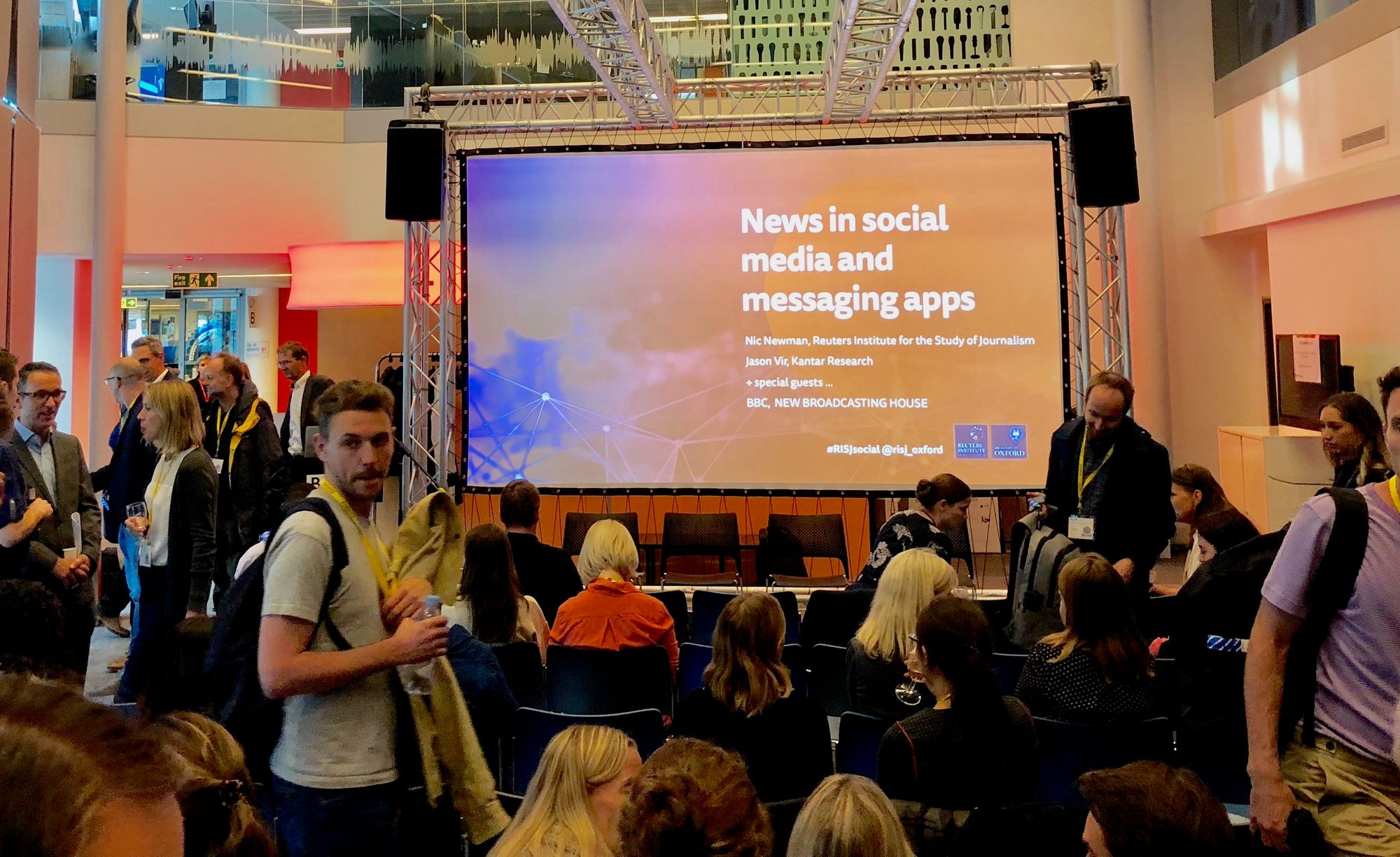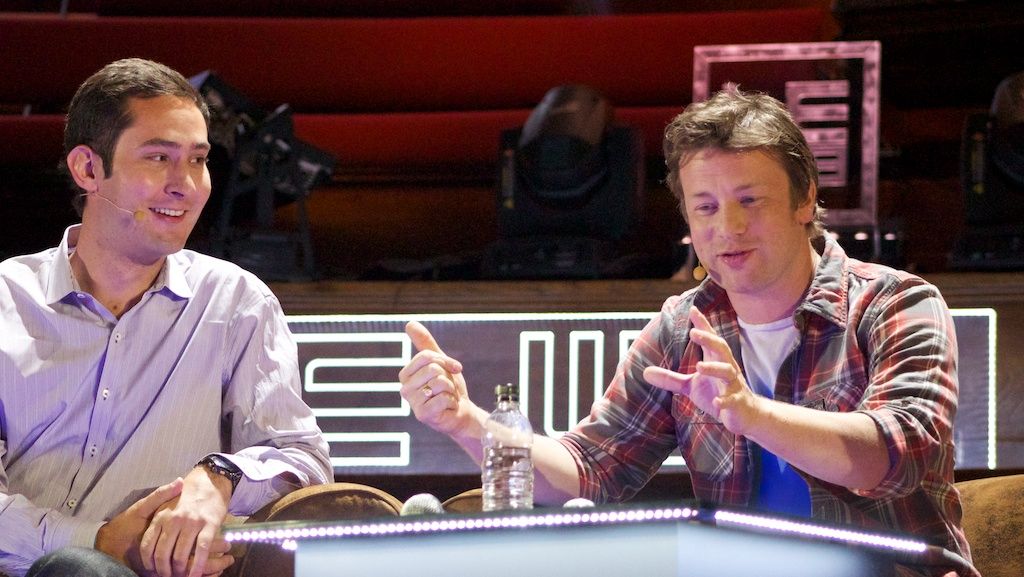
The World Record Egg: hacking attention for mental health?
We now know who was behind the World Record Egg - and what they plan on doing with the account. But what does this tell us about today's attention economy?
The saga of the World Record Egg got interesting over the weekend. Up until now, I confess that I'd largely ignored it. Sure, it was a fun bit of attention hacking — where an egg was able to become the most liked post on Instagram in a matter of weeks.
Like any viral success like this, some people tried to cash in. One of the painful, desperate things about people who live on the edge of the attention markets is that they will do anything for attention — including changing their usernames to cash in on a trend, or claiming to be involved with something that they aren't.
That egg hatches nothing but money
But The Atlantic's superlative internet culture writer Taylor Lorenz started sniffing around the story - with the suggestion that the account creators were gearing up to monetise the egg. She revealed that one outfit had pitched an "Impeach Trump" reveal for the egg. That was turned down by the mysterious eggverlords who ran the account. But that didn't mean that competition wasn't growing to milk the yolk:
Lorenz:
Still, interest from companies and digital-media planners hasn’t slowed. Because in 2019, every viral moment is a branding opportunity. “Being the first brand to crack out of the egg is worth at least $10 million,” said Nik Sharma, the head of the digital agency VaynerMedia’s direct-to-consumer business. He added that he would even advise clients “to spend on the egg instead of the Super Bowl.”
And then word started spreading in the social media community that Buzzfeed was tracking the story, too, and had some idea who the originators were. Some - most likely speculative - emails were doing the rounds, culminating in this story by Lauren Strapagiel:
All roads seem to lead back to Chris Godfrey, a creative with The&Partnership, who broke a months long Twitter hiatus to retweet one of the earliest mentions on Twitter about the egg. He has since deleted his account.
The case that Buzzfeed built up was good, but far from conclusive. It was largely circumstantial - and tried to draw a few well known names into the story, like (friend of the blog) Matt Navarra.
The original tweet came from Matt Navarra, a social media consultant who tweeted several updates about the egg. When reached by BuzzFeed News, Navarra neither confirmed nor denied having a role in the egg and declined to comment further.
Cracking Egg in a Super Bowl
And then came Super Bowl night, and the reason that people were refusing to comment became clear. The World Record Egg was about to become a big star, with this video:
Hulu’s Egg reveal is a mental health PSA which I love 🥰 pic.twitter.com/Mb46prevKR
— Alexandra Able (@AlexandraAble) February 4, 2019
The news that Hulu was the first sponsor of the egg was already out there. But the nature of the ad itself was a surprise. A big social media attention hack — to highlight the problem with social media?
Meanwhile, the creators of the egg were giving the whole story to the New York Times:
When Chris Godfrey learned in early January that the record for “likes” on an Instagram post was held by the celebrity and businesswoman Kylie Jenner, he took it as a challenge. He remembers thinking: “Could something as universal and simple as an egg be great enough to beat that record?”
So, Buzzfeed had the right man - but he was waiting to give the story to the NYT.
The work the team behind the egg did is a masterpiece in building an engaged (eggaged?) community with virtually no content: just a compelling idea, an egg photo, and smart use of user content, making them feel like part of the community:
The egg’s audience was also amplified by Mr. Godfrey’s decision to incorporate user-generated content into the account’s Instagram stories, where posts expire after 24 hours. The egg’s main Instagram feed stayed spare and mysterious, while Mr. Godfrey shouted out followers in its stories, helping to infect his growing audience with a sense of team spirit. (The hashtag #EggGang was quickly adapted to describe the account’s fans.)
Of course, that community engagement could have turned sour: if people had built the egg up, only to find themselves marketed at by it, they reaction would most likely have been swift, brutal and negative. Instead, the supportive, charitable angle gives the egg a whole new life:
“People have fallen in love with this egg, and Eugene the egg wants to continue to spread positive messages,” said Alissa Khan-Whelan, 26, one of the friends working with Mr. Godfrey.
(Pause for eyeroll at the idea of a conceptual non-existent egg wanting anything…)
So, all that attention hacking work is going to be used for a good cause? That seems nice — and sustainable — enough. Lorenz had already noted in her Atlantic piece that the egg was actively working with good causes:
The account has already sold merchandise, including a T-shirt, donating 10 percent of the proceeds from a three-day sale to three charities: YoungMinds, the National Alliance on Mental Illness, and the Campaign Against Living Miserably.
Those charities tie in nicely with the theme of the Hulu ad that ran, so there certainly appears to have been a consistent plan in the background. And it's refreshing not to have some crass product placement be the eventual result of that engaged community's fun.
Godfrey's line that "the youth" drove the egg viral also fits well with that narrative:
“I think it was perhaps the younger generation,” Mr. Godfrey said. “In the schools and stuff, it started to spread. It sort of spread through playgrounds.” He noticed that interactions with young people would peak between 3 and 4 in the afternoon, “when school was out.”
And certainly young people are the most vulnerable to the well-known negative impact of social media. So, bringing those stresses to light in such a public way is almost certainly a great thing.
Good egg or bad egg?
However, the sceptic in me can't help but note that the new big money in hacking attention on social media is just capitalizing on the backlash against social media — by using social media. However positive the message is, it's both tritely obvious, and not particularly sophisticated. It's something of a "hair of the dog" remedy to the woes of the last couple of years.
The egg-layers are claiming that there isn't huge money in it for them:
The team behind the egg declined to talk about the money it has been offered or the big names it has come into contact with, preferring to keep the attention focused on Eugene. (Asked about one marketer’s claim that partnering with the account would be worth at least $10 million, Ms. Khan-Whelan said only that the number was “greatly exaggerated.”)
The fact that they wasn't disclose the amount suggests that it's not insignificant. And even if the egg itself doesn't go on to be a huge money spinner for them directly - their evident skills in wrangling that most precious of online resources – attention — surely will. This idea was conceived, delivered and monetised in less than a month.
That's what hacking today's attention cycles does for you.
Sign up for e-mail updates
Join the newsletter to receive the latest posts in your inbox.










